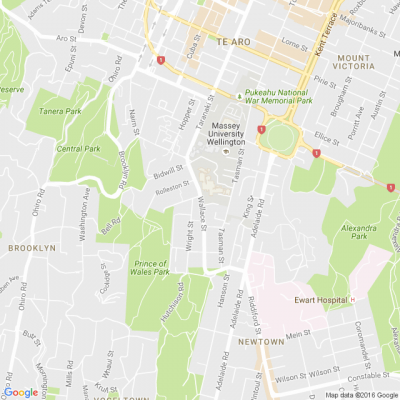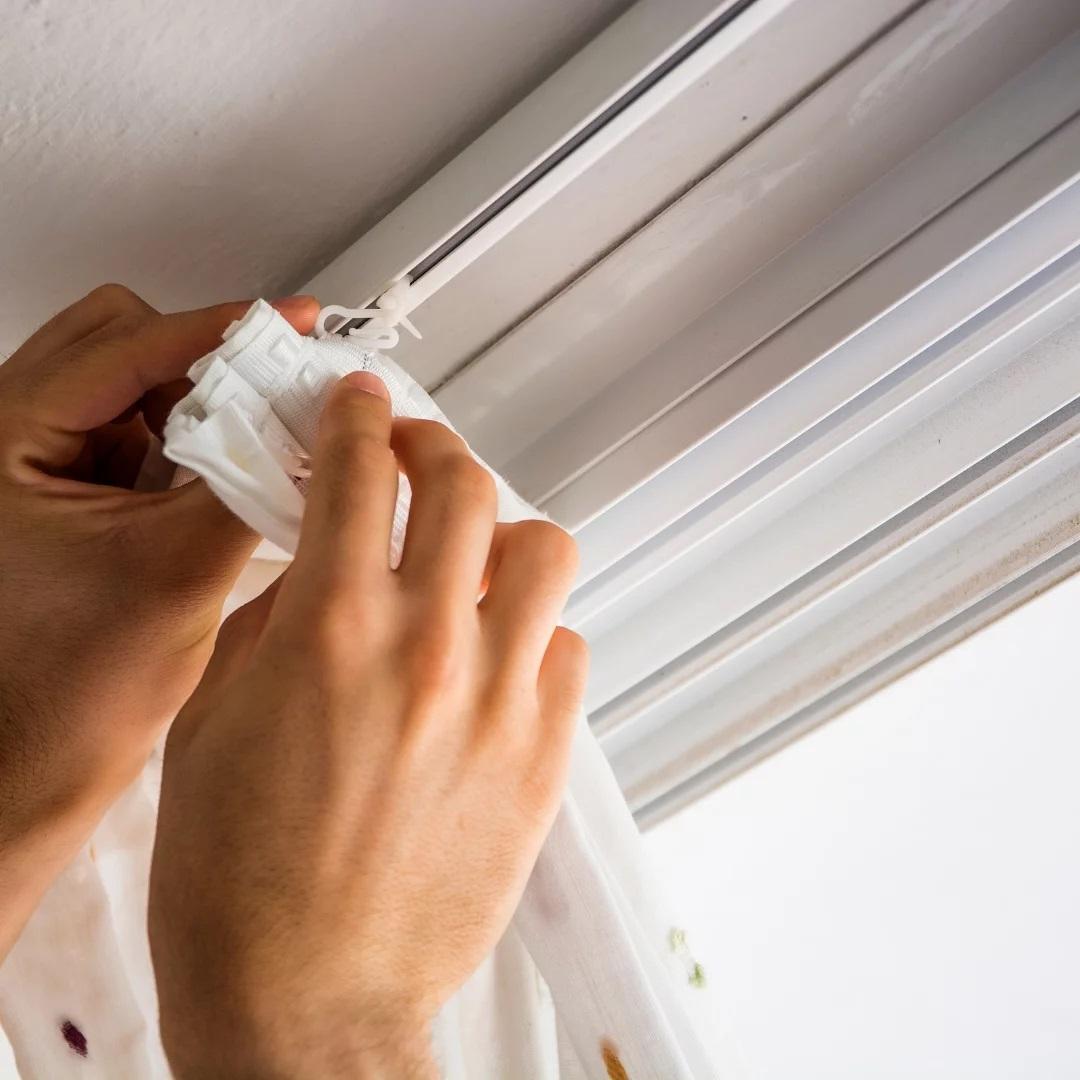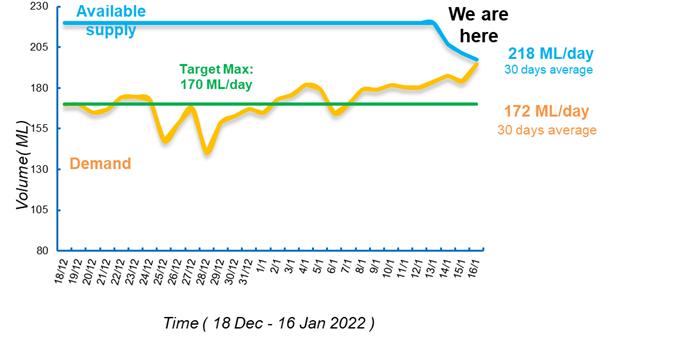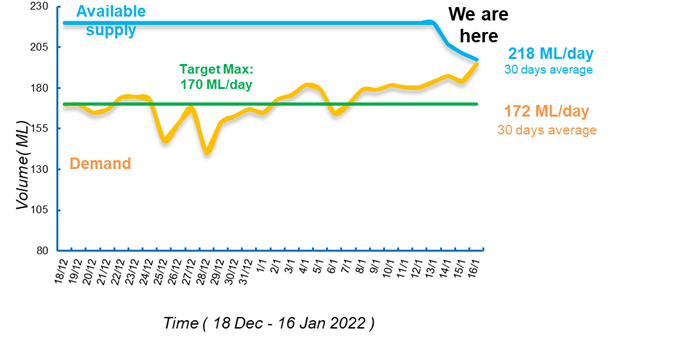
Know what’s happening
Access the private noticeboard for verified neighbours near you. Keep informed about any suspicious activity, send urgent updates to your neighbours when required and discuss emergency planning.
Get to know your neighbours
Browse the directory and start getting to know your neighbours. Don’t want to post to the whole neighbourhood? Send a private message.
Buy, sell and give away
Want to declutter your garage? Buy some used household items? Give away some garden stuff? Become a verified neighbour to browse and post items for sale. Trading is simple when everyone lives nearby.



Thank you for using Neighbourly
You may receive an email confirmation for any offer you selected. The associated companies will contact you directly to activate your requests.
The 98-year-old painter who saved a village and a cat who hitched a ride to a charity shop in an old chair feature in today's Antidote - your much-needed dose of positivity to remind you that there's inspiration, kindness and quirkiness even in these unusual times. … View moreThe 98-year-old painter who saved a village and a cat who hitched a ride to a charity shop in an old chair feature in today's Antidote - your much-needed dose of positivity to remind you that there's inspiration, kindness and quirkiness even in these unusual times. Sign up here to get The Antidote delivered to your inbox (it's free!)

Red Cross Shops from New Zealand Red Cross Shops
Hello everyone, I am pleased to announce our awesome team is now up & running in our brand new Redcross superstore. We are located at 83A Tristram Street, Hamilton CBD.
We are open seven days & these Are the opening hours.
Mon-Fri 9 am - 5pm, Saturday 9 am- 4pm & Sunday 10am- 4pm.
… View moreHello everyone, I am pleased to announce our awesome team is now up & running in our brand new Redcross superstore. We are located at 83A Tristram Street, Hamilton CBD.
We are open seven days & these Are the opening hours.
Mon-Fri 9 am - 5pm, Saturday 9 am- 4pm & Sunday 10am- 4pm.
Come & enjoy shopping in air conditioning & finding that special something.
We look forward to seeing you.
From Jackie & the team
Carl from Brooklyn Residents Association Incorporated
Prince of Wales Park / Omororo located between Mt Cook and Brooklyn's Dorking Road area. This is a 35M lt water storage tank being constructed by Wellington Water and its contractors. . Latest photo updating progress (thanks Alex G). Looking north.

Naichao from Oriental Pantry
Dear Neighbours,
Fresh fruit come today:
Austrian Lychee and Mango, NZ cherry and watermelon.
Fresh, Fresh, Fresh!
Please visit one of our stores:… View moreDear Neighbours,
Fresh fruit come today:
Austrian Lychee and Mango, NZ cherry and watermelon.
Fresh, Fresh, Fresh!
Please visit one of our stores:
123 Willis St, Te Aro, Wellington
3 Hillary Ct, Naenae, Lower Hutt
Cheers!
Negotiable
The Team from Addictive Eaters Anonymous - Wellington
There are no dues or fees for joining AEA or attending AEA meetings. We are self-supporting through our own voluntary contributions. At some point during each meeting we pass the basket to help cover expenses, such as the cost of rent and literature. Members are not obliged to contribute, but we … View moreThere are no dues or fees for joining AEA or attending AEA meetings. We are self-supporting through our own voluntary contributions. At some point during each meeting we pass the basket to help cover expenses, such as the cost of rent and literature. Members are not obliged to contribute, but we usually do so to the extent we are able. For more FAQs

We live in unusual times. It all gets a bit much some days. So we're bringing you a much-needed dose of positivity to remind you that there's inspiration, kindness and quirkiness out there too.
Sign up here to get The Antidote delivered to your inbox each day.
Today: … View moreWe live in unusual times. It all gets a bit much some days. So we're bringing you a much-needed dose of positivity to remind you that there's inspiration, kindness and quirkiness out there too.
Sign up here to get The Antidote delivered to your inbox each day.
Today: The story of a husband for sale on Trade Me, a skipper with a digger, kiwi chicks in the skies and many, many beers for Betty White.

Hi neighbours!
Need to rehab your money? Grow your wealth? Just understand your finances a bit better? Here's how you can start.
MoneyIQ will give you all the basics you need to get your money sorted and start working towards a brighter, richer future.

Hi neighbours,
We live in unusual times. It all gets a bit much some days. So we're bringing you a much-needed dose of positivity to remind you that there's inspiration, kindness and quirkiness out there too.
You can check out today's edition of The Antidote - which features a cute… View moreHi neighbours,
We live in unusual times. It all gets a bit much some days. So we're bringing you a much-needed dose of positivity to remind you that there's inspiration, kindness and quirkiness out there too.
You can check out today's edition of The Antidote - which features a cute puppy, the UK's longest-married couple, and Stewart Island's "savage" New Year's Eve here. If you'd like the Antidote delivered direct to your inbox, sign up here.

18 replies (Members only)
The Team from Destination Wairarapa
Fun for everyone - just over an hour away in the Wairarapa this weekend. Last chance to pick lavender at Lavender Abbey in Carterton (Sat and Sunday).
Greytown' s Annual Sidewalk Sale is on all three days.
Barry Saunders plays at Truckstop Greytown Sat and Sunday nights
Head to the south … View moreFun for everyone - just over an hour away in the Wairarapa this weekend. Last chance to pick lavender at Lavender Abbey in Carterton (Sat and Sunday).
Greytown' s Annual Sidewalk Sale is on all three days.
Barry Saunders plays at Truckstop Greytown Sat and Sunday nights
Head to the south coast to Cape Palliser and see the seals, or to Queen Elizabeth Park In Masterton and ride a paddle boat.
Reporter Community News
Poppi has found a new home courtesy of the SPCA.
"Poppi is having an amazing life with my partner and I, and her older brother in the Hutt Valley! Every night she sleeps on our bed curled up with her big brother Milo. Milo and Poppi are inseparable. They spend 100 per cent of their time … View morePoppi has found a new home courtesy of the SPCA.
"Poppi is having an amazing life with my partner and I, and her older brother in the Hutt Valley! Every night she sleeps on our bed curled up with her big brother Milo. Milo and Poppi are inseparable. They spend 100 per cent of their time together, whether its playing in the garden or cuddling together at night. She is a very happy and well treasured kid!"

17 replies (Members only)
Reporter Community News
The Wellington City Council is reminding people to keep their dogs on a lead.
"We have noticed that many of our native birds are currently nesting in some of our parks and reserves! This is just a little reminder to make sure your kurī are on leads in our parks and reserves where required so… View moreThe Wellington City Council is reminding people to keep their dogs on a lead.
"We have noticed that many of our native birds are currently nesting in some of our parks and reserves! This is just a little reminder to make sure your kurī are on leads in our parks and reserves where required so that we can keep our beautiful native birds safe.

Robert Anderson from Curtain Clean Wellington (The Wash House)
Curtains, blinds, or other effective window coverings are an essential way to ensure your home is healthy. Here’s why.
Curtains are good for insulation: Curtains reduce the amount of air exchange between a cold window and the rest of the room. For keeping heat inside the home, high-quality … View moreCurtains, blinds, or other effective window coverings are an essential way to ensure your home is healthy. Here’s why.
Curtains are good for insulation: Curtains reduce the amount of air exchange between a cold window and the rest of the room. For keeping heat inside the home, high-quality curtains can reduce heat loss by around 40%. This means you will be less susceptible to illness in winter and will save money on your heating bill.
The insulation efficiency of curtains depends on the fabric type (closed or open weave), colour and weight. Curtains also function as effective insulators to help keep your home cool in the warmer months.
Dust build-up and allergens: Curtains prevent allergens from getting into your rooms. When your windows are open, dust particles and pollen enter your home. Curtains function as a barrier and collect these particles. They also prevent moisture from condensation on windows entering your room at night.
Because curtains collect these particles, it is important to keep your curtains clean to prevent mould, dust and pollen build-up. Mould in particular will result in a less healthy home and is associated with several health problems.
Correct curtain installation matters for a healthy home: Curtains should completely cover the window and be as close to the window pane as possible, particularly if insulation or light-blocking are your priorities. This effectively ‘seals’ the room from heat, moisture and light exchange through windows.
Make sure you open your curtains during the day to keep your home healthy: The sun naturally keeps your home warm during the day. It also has antibacterial properties; open your curtains every day to prevent mould developing on the furniture and carpets in your home. Close your curtains at sundown to retain the sun's heat, keep your home insulated, and keep your rooms dark so you can enjoy a deeper, more restful sleep - another health tick!
Curtains naturally attract dust and absorb odours over time. It is recommended to have your curtains cleaned every 3 to 6 months. Having your curtains cleaned on a regular basis is a good idea to keep your house fresh and clean.
If you would like to know more about how curtains improve health in the home, or book your curtains or blinds in for a maintenance clean, contact the team at Curtain Clean on 0800 579 0501.

Carl from Brooklyn Residents Association Incorporated
Hello, We are forwarding this message from Wellington Water to encourage water conservation. These hot days mean we are using more water, and we only have a finite amount. Better to voluntarily save than have restrictions forced on us...
It's time to start saving water Wellington. 💧
… View moreHello, We are forwarding this message from Wellington Water to encourage water conservation. These hot days mean we are using more water, and we only have a finite amount. Better to voluntarily save than have restrictions forced on us...
It's time to start saving water Wellington. 💧
Every week our team of engineers gather to review the region's water use. The warm weather over the last week has seen a large spike in water use, as well as a drop in our river levels. ☀
The graph below shows that our available water supply is just meeting demand. It's important we all start using less water now so that we have plenty to get us through the summer period.
Thank you in advance for doing your bit so that we can have access to clean water all summer long.
You can find some easy tips on how to start saving water on our website www.facebook.com...

Patricia from Kelburn
Does anyone have any old bricks lying around that they don't need please? We are using them to edge some new gravel beds in the garden. It doesn't matter how battered-looking they are, as long as they are intact.
12 replies (Members only)
The Team from Wellington Water
It's time to start saving water Wellington. ?
Every week our team of engineers gather to review the region's water use. The warm weather over the last week has seen a large spike in water use, as well as a drop in our river levels. ☀
The graph below shows that our available water … View moreIt's time to start saving water Wellington. ?
Every week our team of engineers gather to review the region's water use. The warm weather over the last week has seen a large spike in water use, as well as a drop in our river levels. ☀
The graph below shows that our available water supply is just meeting demand. It's important we all start using less water now so that we have plenty to get us through the summer period.
Thank you in advance for doing your bit so that we can have access to clean water all summer long.
You can find some easy tips on how to start saving water on our website ?

 Loading…
Loading…
Are you sure? Deleting this message permanently removes it from the Neighbourly website.
 Loading…
Loading…

 RV $335,000 | BEO $329,000
RV $335,000 | BEO $329,000


 Marketed by Tia Cooper
Marketed by Tia Cooper

 Price by negotiation
Price by negotiation

 Marketed by Rick Stace
Marketed by Rick Stace
© Neighbourly 2025
